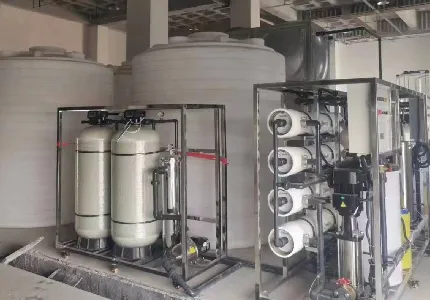loading...
- No. 9, Xingyuan South Street, Dongwaihuan Road, Zaoqiang County, Hengshui, Hebei, China
- admin@zjcomposites.com
- +86 15097380338
- Welcome to visit our website!
wire mesh grating
The Versatility of Wire Mesh Grating An Essential Component in Modern Engineering
Wire mesh grating has emerged as a vital component in various fields of engineering and architecture, offering a blend of functionality, durability, and aesthetic appeal. This article explores the features, applications, and advantages of wire mesh grating, showcasing its importance in modern construction and design.
Wire mesh grating is typically made from stainless steel, carbon steel, or aluminum, providing a robust framework that can withstand significant loads while maintaining a lightweight structure. The design consists of intersecting wires that form a grid, which can be customized in terms of spacing and thickness. This adaptability allows wire mesh grating to meet diverse requirements across industries.
One of the primary applications of wire mesh grating is in flooring systems. Its open-grid design allows for excellent drainage, making it ideal for environments prone to spills or wet conditions, such as factories, kitchens, and outdoor walkways. The slip-resistant surface reduces the risk of accidents, providing a safe platform for workers and pedestrians alike. Additionally, wire mesh grating is often used in raised flooring systems, where it facilitates airflow and access to underlying services, enhancing the overall functionality of commercial and industrial spaces.
In the realm of industrial applications, wire mesh grating serves as a fundamental component in platforms, stairs, and walkways. Its sturdy construction can support heavy loads, making it suitable for use in manufacturing plants, chemical facilities, and power stations. Furthermore, wire mesh grating is resistant to rust and corrosion, particularly when made from stainless steel, lending longevity to structures exposed to harsh environments.
wire mesh grating

Architecturally, wire mesh grating has gained popularity for its aesthetic versatility. Designers are increasingly incorporating it into facades and decorative elements, leveraging its ability to filter light and create visual interest while maintaining airflow. This is particularly evident in modern buildings where wire mesh installations contribute to energy efficiency by reducing heat gain and glare.
Another noteworthy aspect of wire mesh grating is its role in environmental applications. It is widely used in wastewater treatment plants for walkways and access points, ensuring maintenance crew members can safely navigate challenging terrains. Additionally, it serves in filtration systems, allowing for the separation of solids from liquids, which is crucial in various industrial processes.
Moreover, the sustainability of wire mesh grating cannot be overlooked. Many manufacturers emphasize the use of recyclable materials, aligning with the growing demand for environmentally friendly construction practices. The longevity and minimal maintenance requirements of wire mesh grating further contribute to its sustainable appeal, reducing the need for frequent replacements and associated waste.
In conclusion, wire mesh grating stands out as a versatile and essential component in contemporary engineering and design. Its robust properties, safety features, and aesthetic value make it an ideal choice for diverse applications, ranging from industrial settings to modern architecture. As industries continue to innovate and emphasize sustainability, wire mesh grating is poised to remain a key player in the evolution of construction materials. Whether enhancing safety, facilitating designs, or supporting environmental initiatives, wire mesh grating is undoubtedly a material for the future.
-
The Rise of FRP Profiles: Strong, Lightweight, and Built to LastNewsJul.14,2025
-
SMC Panel Tanks: A Modern Water Storage Solution for All EnvironmentsNewsJul.14,2025
-
GRP Grating: A Modern Solution for Safe and Durable Access SystemsNewsJul.14,2025
-
Galvanized Steel Water Tanks: Durable, Reliable, and Ready for UseNewsJul.14,2025
-
FRP Mini Mesh Grating: The Safer, Smarter Flooring SolutionNewsJul.14,2025
-
Exploring FRP Vessels: Durable Solutions for Modern Fluid HandlingNewsJul.14,2025
-
GRP Structures: The Future of Lightweight, High-Performance EngineeringNewsJun.20,2025
